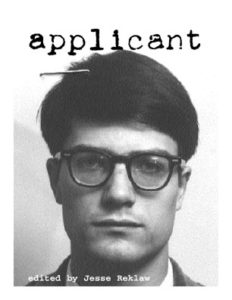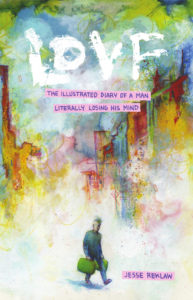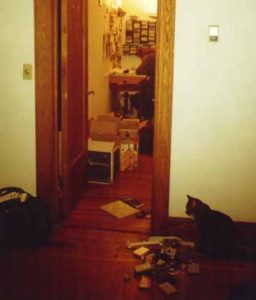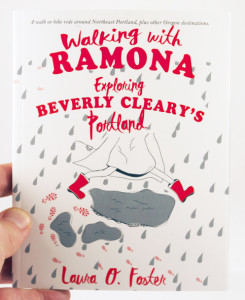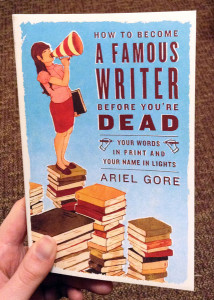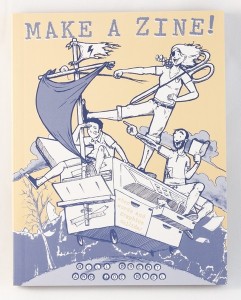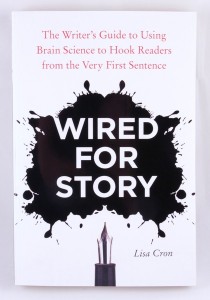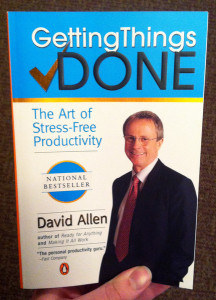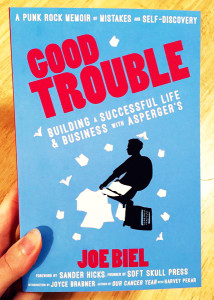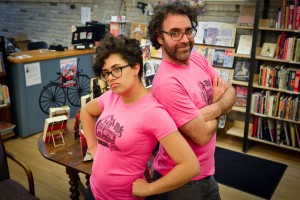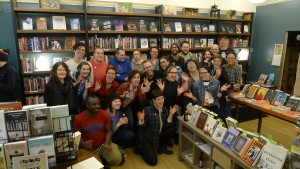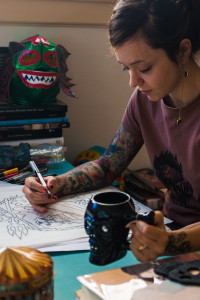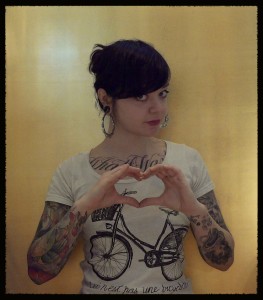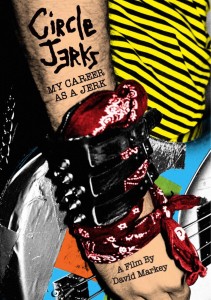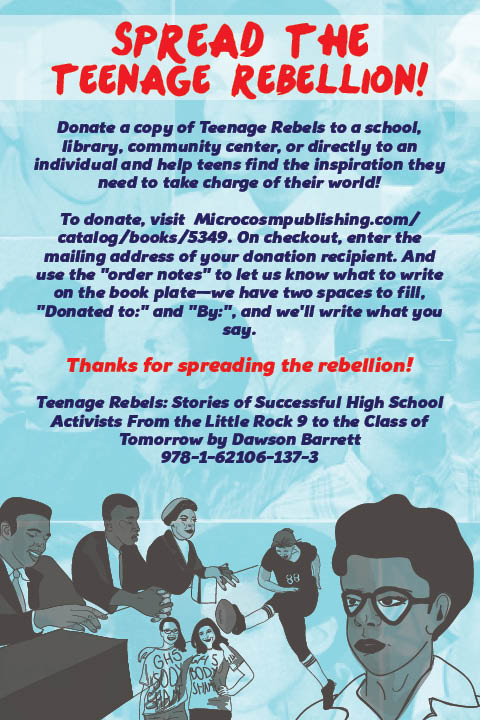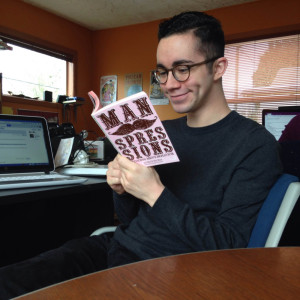Commute Diary #1: It’s a jungle out there
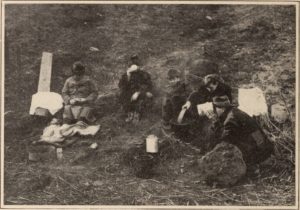 We just got back into town this past weekend, after a couple of weeks in California. In that short time, there is a noticeable increase in the number of camps, and the number of tents at established camps along our route to work. Biking past before 8am, the tents are silent and zipped up; in the evening, people sit outside, playing instruments, chatting, watching the world go by.
We just got back into town this past weekend, after a couple of weeks in California. In that short time, there is a noticeable increase in the number of camps, and the number of tents at established camps along our route to work. Biking past before 8am, the tents are silent and zipped up; in the evening, people sit outside, playing instruments, chatting, watching the world go by.
There’s been a growing theme on the bike blogs and facebook groups I follow: fear of all the people living outside. The particular, rising fear for a while was of bike theft. My old employer at the BikePortland blog covered the topic extensively, even organized a bike theft summit. On every story, the comments were steeped in the fear—and presumption—of impending violence. That seemed to almost be dying down… and then there was a sexual assault on a secluded bike path, and suddenly it seems that fear of the homeless has turned up to fever pitch. It blew up last week on a thread (now deleted) in a facebook group for women cyclists. “I have empathy, but…” was the refrain. Fear trumps all.
It’s been upsetting to see the changes in Portland over the past decade. Ten years ago, mental health funding was kiboshed by the outgoing mayor, bent on leaving the city worse than she found it, and it’s been a long, fast slide downhill since then. In 2007-2008 and again in the past few years, our housing market has gotten beyond tight and prices have become untenable. Tearing down old mansions to build new apartments is okay with me; the gouging rents in those new apartments (and, in response, in older ones), not so much. If you don’t own a home or have a really stable, well-paying job, or preferably both, you’re really just a few months away from being shit out of luck in this town, and if you haven’t got a backup plan, well, welcome to being the newest member of the most-feared class of Portlander.
I find that prospect terrifying; I also find it impossible to fix that fear on the people it’s happened to. There are deranged people making bad decisions that are likely to hurt others at all levels of society; I’m way more nervous about the ones who are actually in positions of power, or who, not even realizing their power, have an influential voice among their friends and neighbors.
If you are actually living outside, then yes, your chances of being assaulted is tragically high. If you have a home and are just passing through… well, let’s just say your risks are astronomically higher inside your own home, while on a date, or at a party.
I think about all of this now as I bike to work. When I saw a man walking down the street yesterday in the peak of the heat, yelling and swinging his fists in the air, was I an anomaly for being more concerned for his safety than my own? It’s not that I’m particularly empathetic—that’s not my strength at all!—but I’ve spent a lot of time on city streets. I’ve done my diligence looking at the actual risks. And I’ve paid attention to the scary rhetoric on internet message boards by homeowners who are “empathetic, but,” and what I hear from the so-called progressive citizens of Portland makes me wonder if a Trump America would really be such a big change after all.
– Elly
Read more by Elly about bicycling, class, and many other issues
